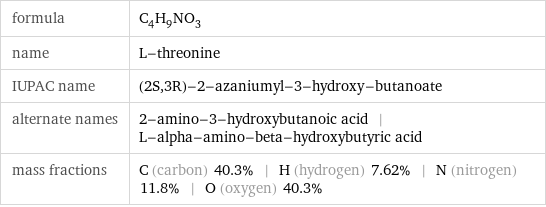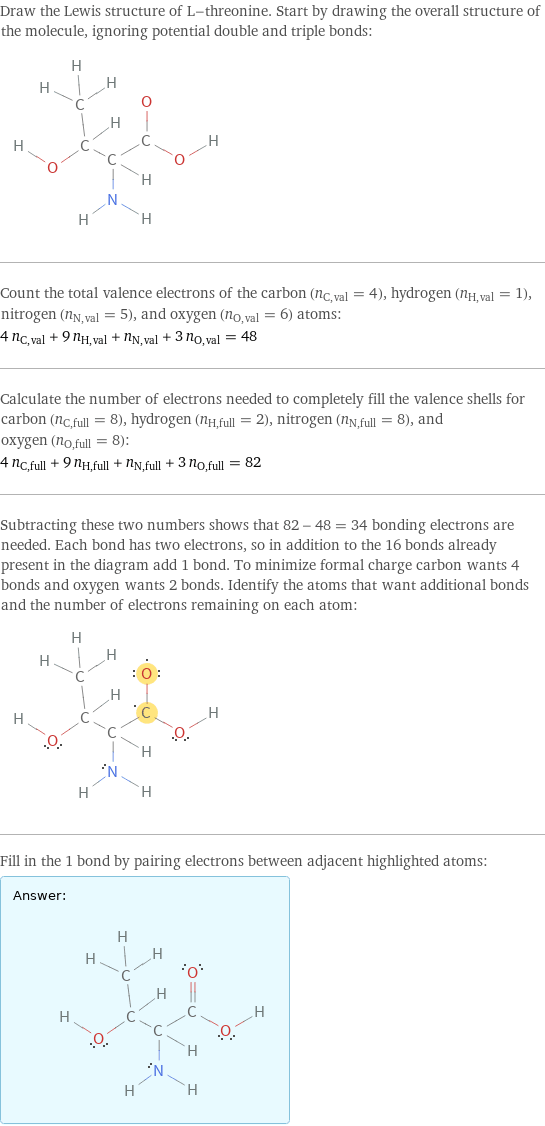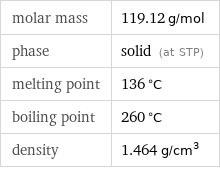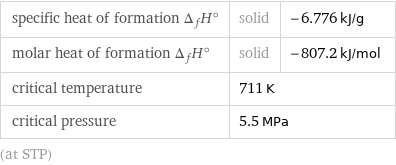Input interpretation

L-threonine
Chemical names and formulas

formula | C_4H_9NO_3 name | L-threonine IUPAC name | (2S, 3R)-2-azaniumyl-3-hydroxy-butanoate alternate names | 2-amino-3-hydroxybutanoic acid | L-alpha-amino-beta-hydroxybutyric acid mass fractions | C (carbon) 40.3% | H (hydrogen) 7.62% | N (nitrogen) 11.8% | O (oxygen) 40.3%
Lewis structure

Draw the Lewis structure of L-threonine. Start by drawing the overall structure of the molecule, ignoring potential double and triple bonds: Count the total valence electrons of the carbon (n_C, val = 4), hydrogen (n_H, val = 1), nitrogen (n_N, val = 5), and oxygen (n_O, val = 6) atoms: 4 n_C, val + 9 n_H, val + n_N, val + 3 n_O, val = 48 Calculate the number of electrons needed to completely fill the valence shells for carbon (n_C, full = 8), hydrogen (n_H, full = 2), nitrogen (n_N, full = 8), and oxygen (n_O, full = 8): 4 n_C, full + 9 n_H, full + n_N, full + 3 n_O, full = 82 Subtracting these two numbers shows that 82 - 48 = 34 bonding electrons are needed. Each bond has two electrons, so in addition to the 16 bonds already present in the diagram add 1 bond. To minimize formal charge carbon wants 4 bonds and oxygen wants 2 bonds. Identify the atoms that want additional bonds and the number of electrons remaining on each atom: Fill in the 1 bond by pairing electrons between adjacent highlighted atoms: Answer: | |
3D structure

3D structure
Basic properties

molar mass | 119.12 g/mol phase | solid (at STP) melting point | 136 °C boiling point | 260 °C density | 1.464 g/cm^3
Units

Hydrophobicity and permeability properties

experimental LogP hydrophobicity | -3.5 predicted LogP hydrophobicity | -3 experimental LogS | -0.09 predicted LogS | 0.6
Basic drug properties

approval status | approved | nutraceutical | small molecule drug categories | dietary supplement | essential amino acid | micronutrient
Amino acid properties

three-letter code | Thr one-letter code | T isoelectric point | 5.6 pK_a (α-COOH, (α-NH_3)^+) | 2.09 | 9.1 polarity | polar codons | ACU | ACC | ACA | ACG occurrence in human proteins | 5.77%
Solid properties (at STP)

density | 1.464 g/cm^3
Units

Thermodynamic properties

specific heat of formation Δ_fH° | solid | -6.776 kJ/g molar heat of formation Δ_fH° | solid | -807.2 kJ/mol critical temperature | 711 K | critical pressure | 5.5 MPa | (at STP)
Chemical identifiers
![CAS number | 72-19-5 Beilstein number | 1721646 PubChem CID number | 6971019 PubChem SID number | 3488 SMILES identifier | CC(C(C(=O)[O-])[NH3+])O InChI identifier | InChI=1/C4H9NO3/c1-2(6)3(5)4(7)8/h2-3, 6H, 5H2, 1H3, (H, 7, 8)/t2-, 3+/m1/s1/f/h5H InChI key | AYFVYJQAPQTCCC-QYISKGLTDV EU number | 200-774-1 RTECS number | XO8590000 NSC number | 46701](../image_source/dc4087e01a140640789aa2d8920d623c.png)
CAS number | 72-19-5 Beilstein number | 1721646 PubChem CID number | 6971019 PubChem SID number | 3488 SMILES identifier | CC(C(C(=O)[O-])[NH3+])O InChI identifier | InChI=1/C4H9NO3/c1-2(6)3(5)4(7)8/h2-3, 6H, 5H2, 1H3, (H, 7, 8)/t2-, 3+/m1/s1/f/h5H InChI key | AYFVYJQAPQTCCC-QYISKGLTDV EU number | 200-774-1 RTECS number | XO8590000 NSC number | 46701
Toxicity properties

RTECS classes | mutagen